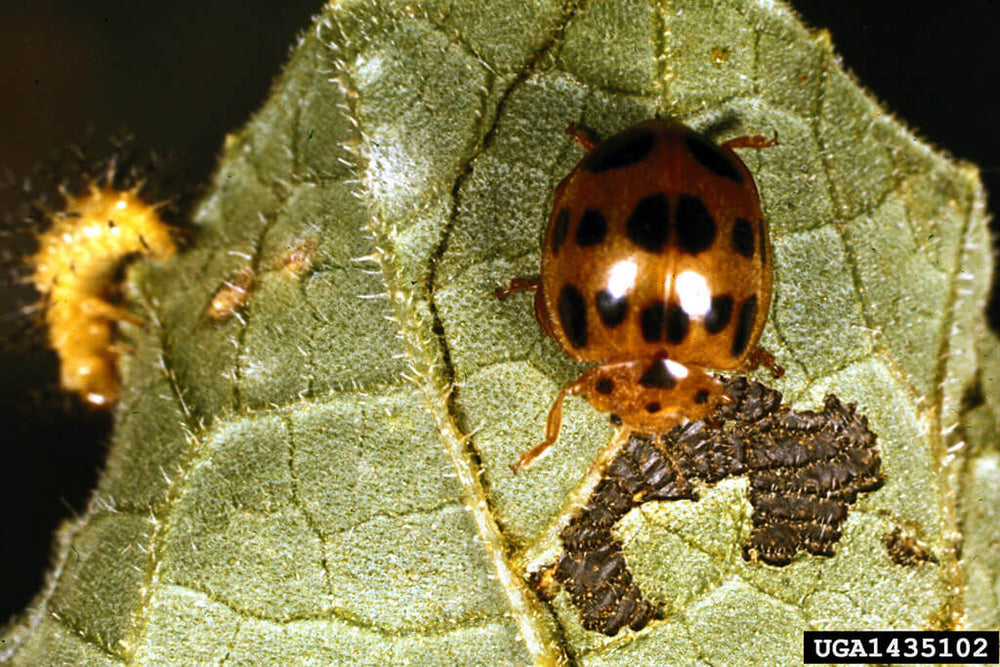
Squash beetles can be found on not only squash, but also other favorite fruits and veggies. Luckily, prevention is simple, and getting rid of squash beetles is straightforward and easy. Here are all the squash beetle basics you need.
How to Get Rid of Squash Beetles
What are squash beetles?
Squash beetles (also referred to as squash lady beetles) are common vegetable garden pests, especially in the eastern United States. They are copper-hued with black spots and a penchant for chewing on the leaves of plants in the cucurbit family, which includes squash, pumpkins, cucumbers, and melons.
Squash beetles are often confused with Mexican bean beetles because they look so much alike. However, Mexican bean beetles are about half the size as squash beetles and, as the name implies, feed on bean plants versus curcubits. They're also not to be confused with squash bugs.
How do I prevent squash beetles?
Squash beetles hibernate throughout the winter in plant debris, so clean up your garden thoroughly in the fall to keep them at bay the following year. Come growing season, plant nasturtiums and petunias to help repel these pests.
What should I do if I have squash beetles?
- First of all, pick them off if you see them. Toss them into soapy water.
- Typically, squash beetles don't cause very much damage. But if the damage is severe enough that you want to spray, apply a product that won't harm your veggies such as Ortho® Insect, Mite & Disease 3-in-1 Ready to Use, according to label directions.
- If you know squash beetles are a problem year after year, you can place a physical barrier such as a floating row cover over seeds or seedlings, then remove when the plants begin to bloom to allow for pollination.
Need more info and local pesticide recommendations? Contact your regional Extension agent. You can find the nearest Extension office through the Cooperative Extension System map.
Squash beetles are an unwelcome visitor to any vegetable garden, but they don't have to ruin your harvest. By removing or spraying and then cleaning your garden well at the end of the growing season, you can kiss squash beetles goodbye.






 Herbs
Herbs
 Vegetables
Vegetables
 Fruit
Fruit
 Flowers
Flowers
 Succulents
Succulents

